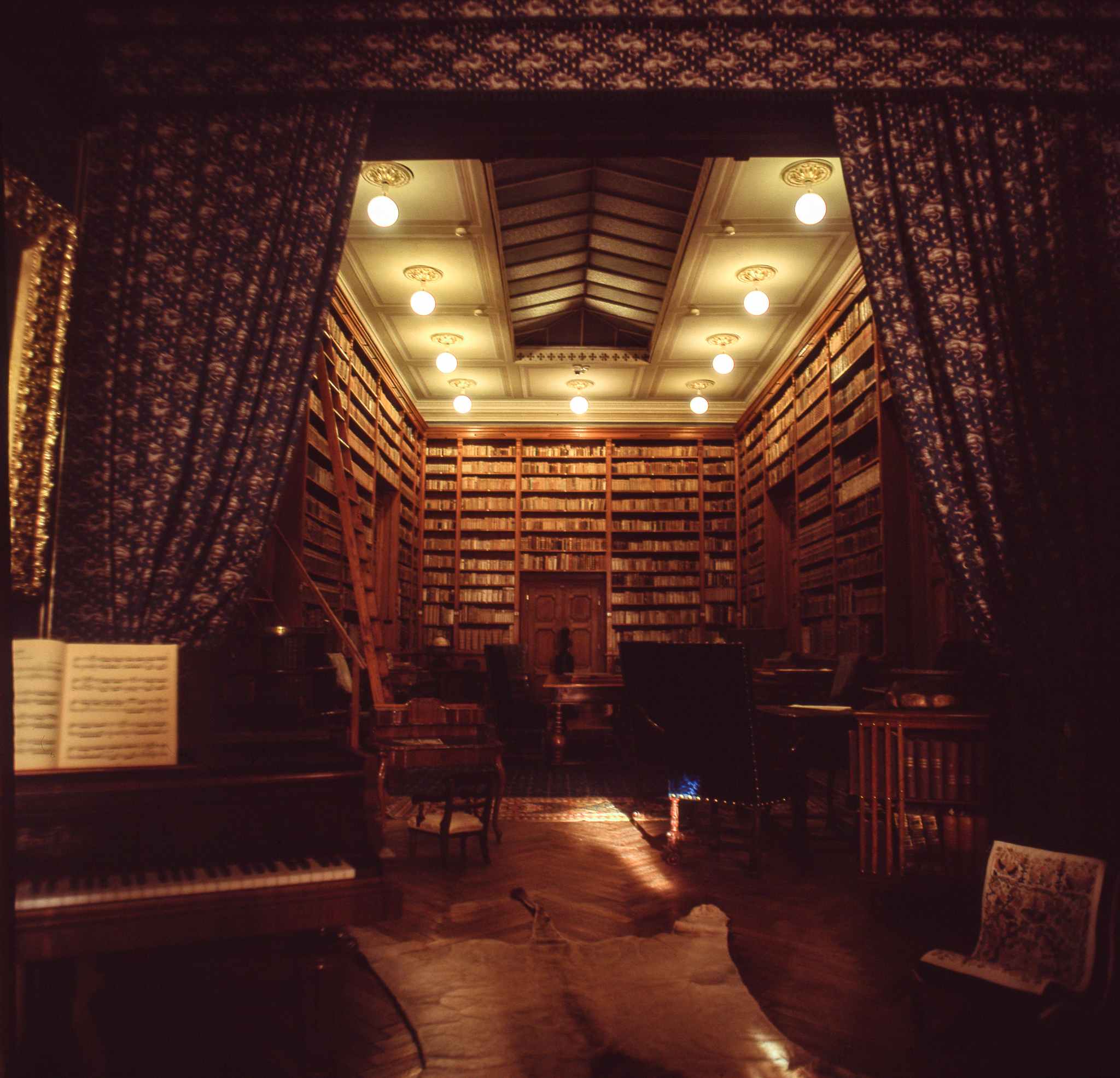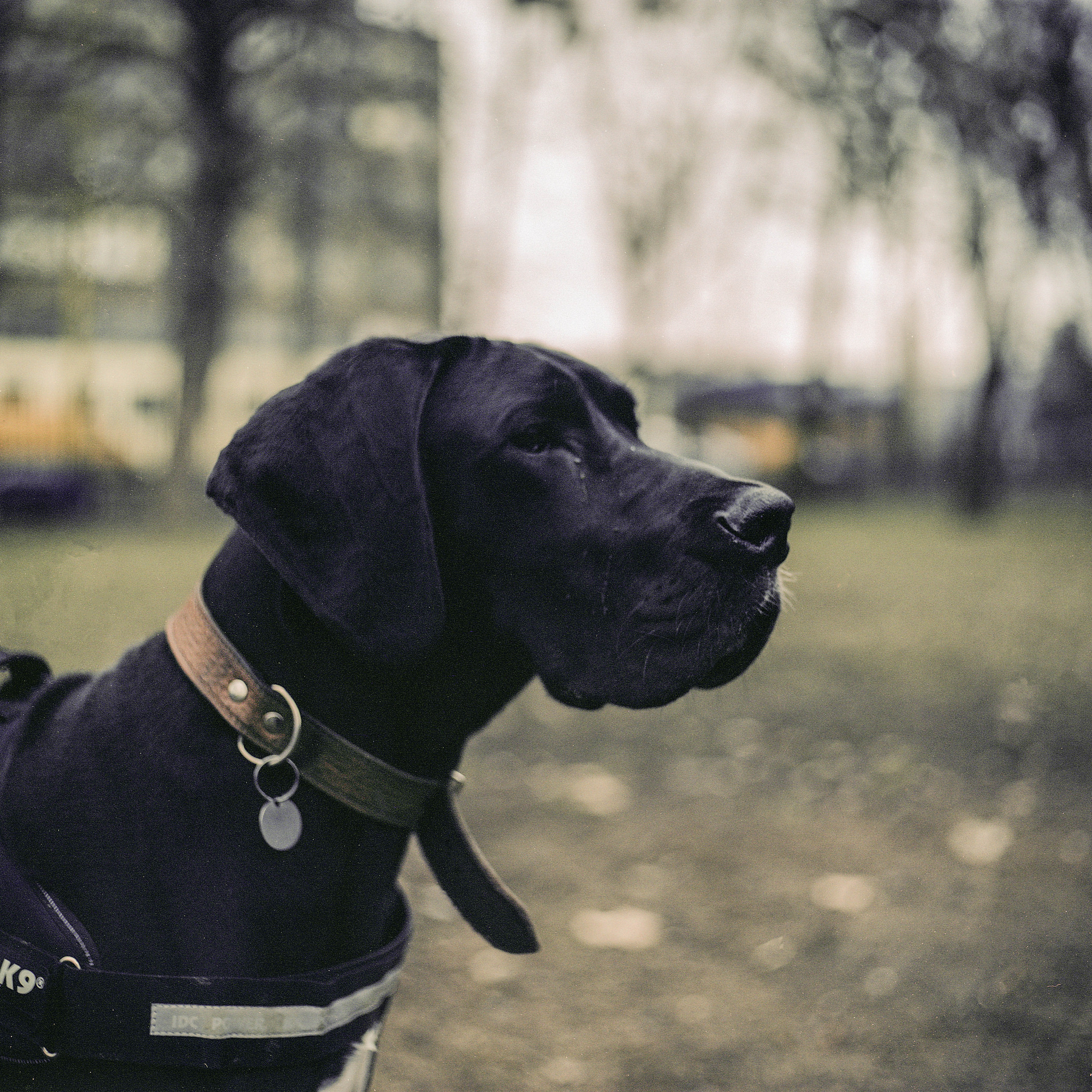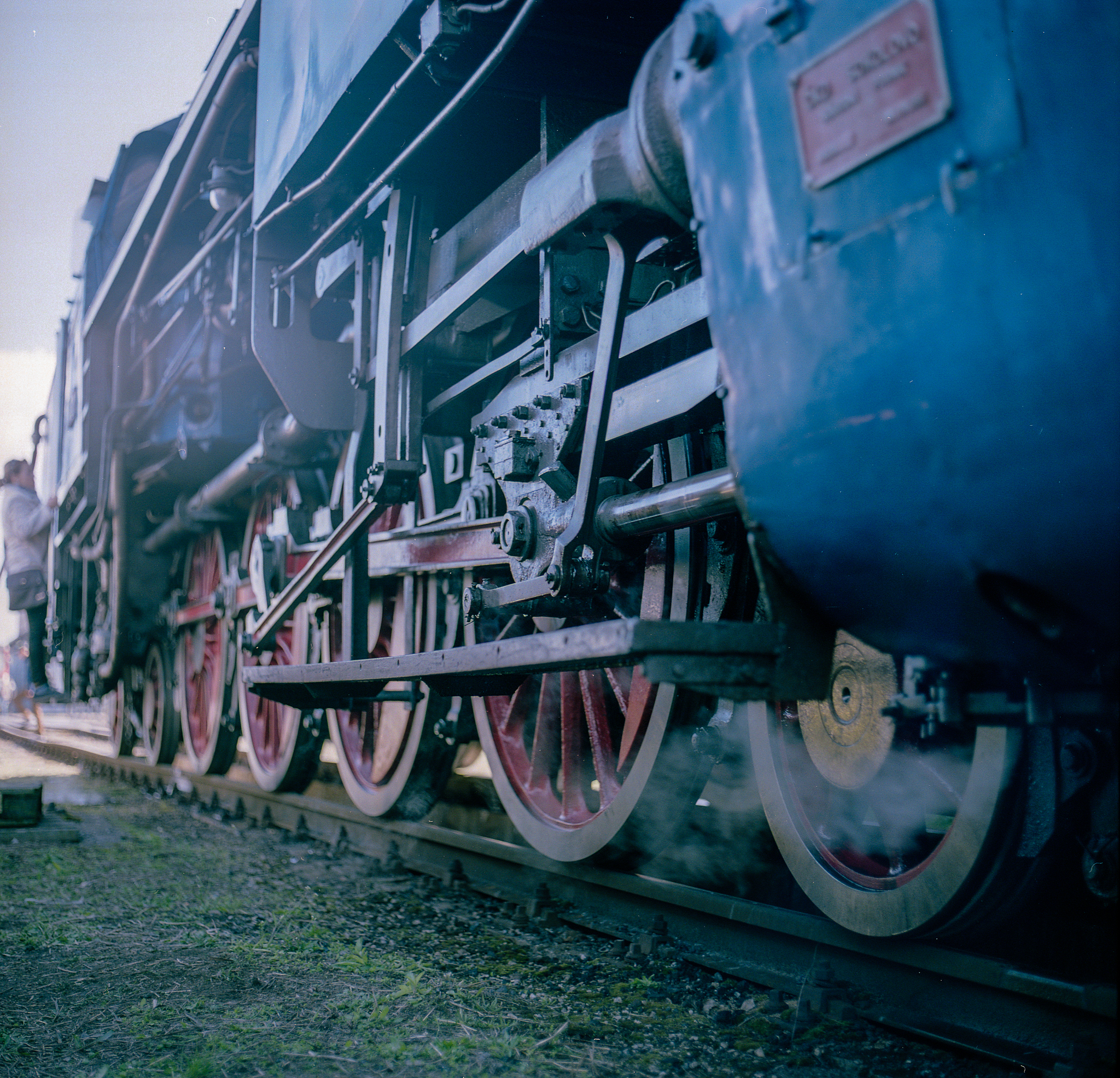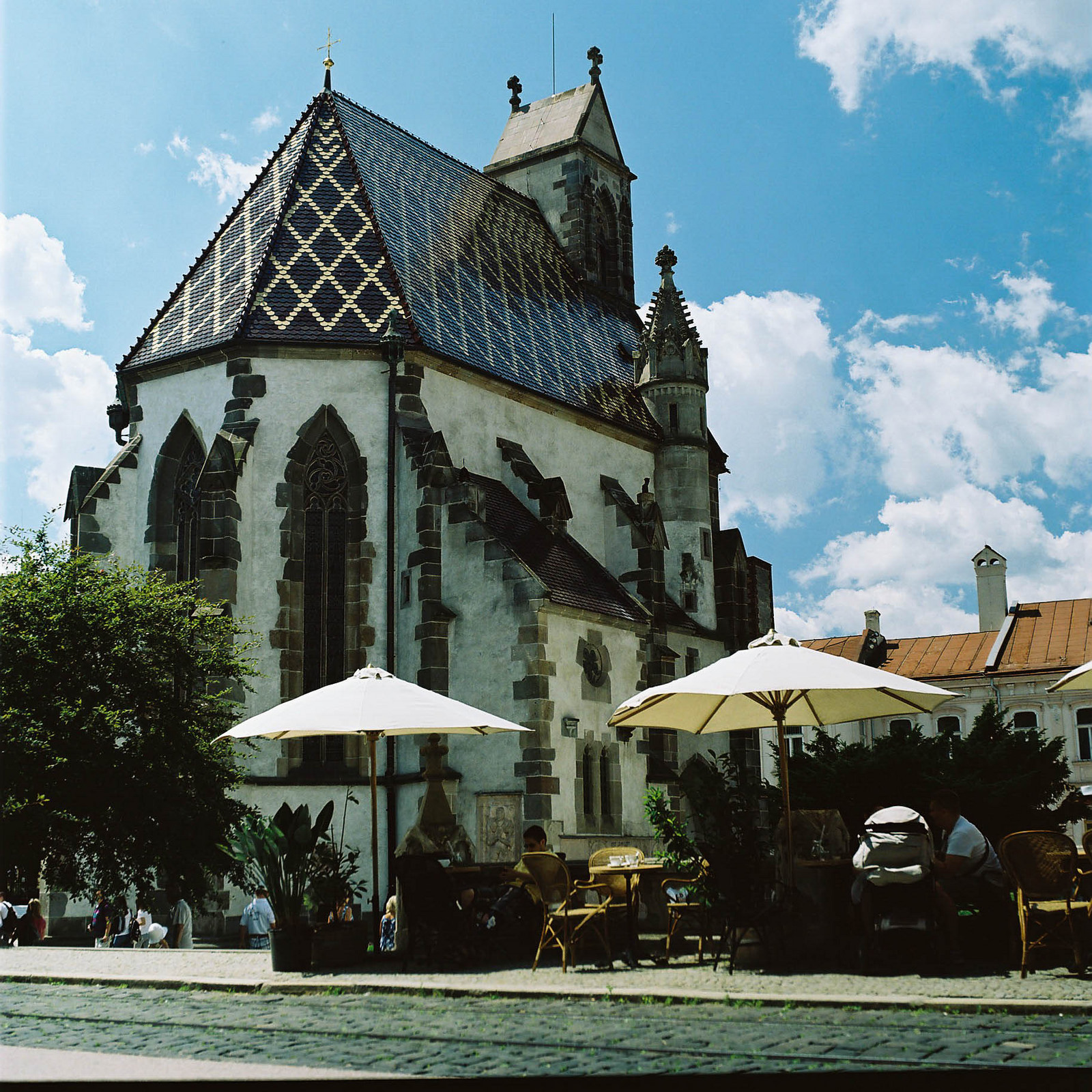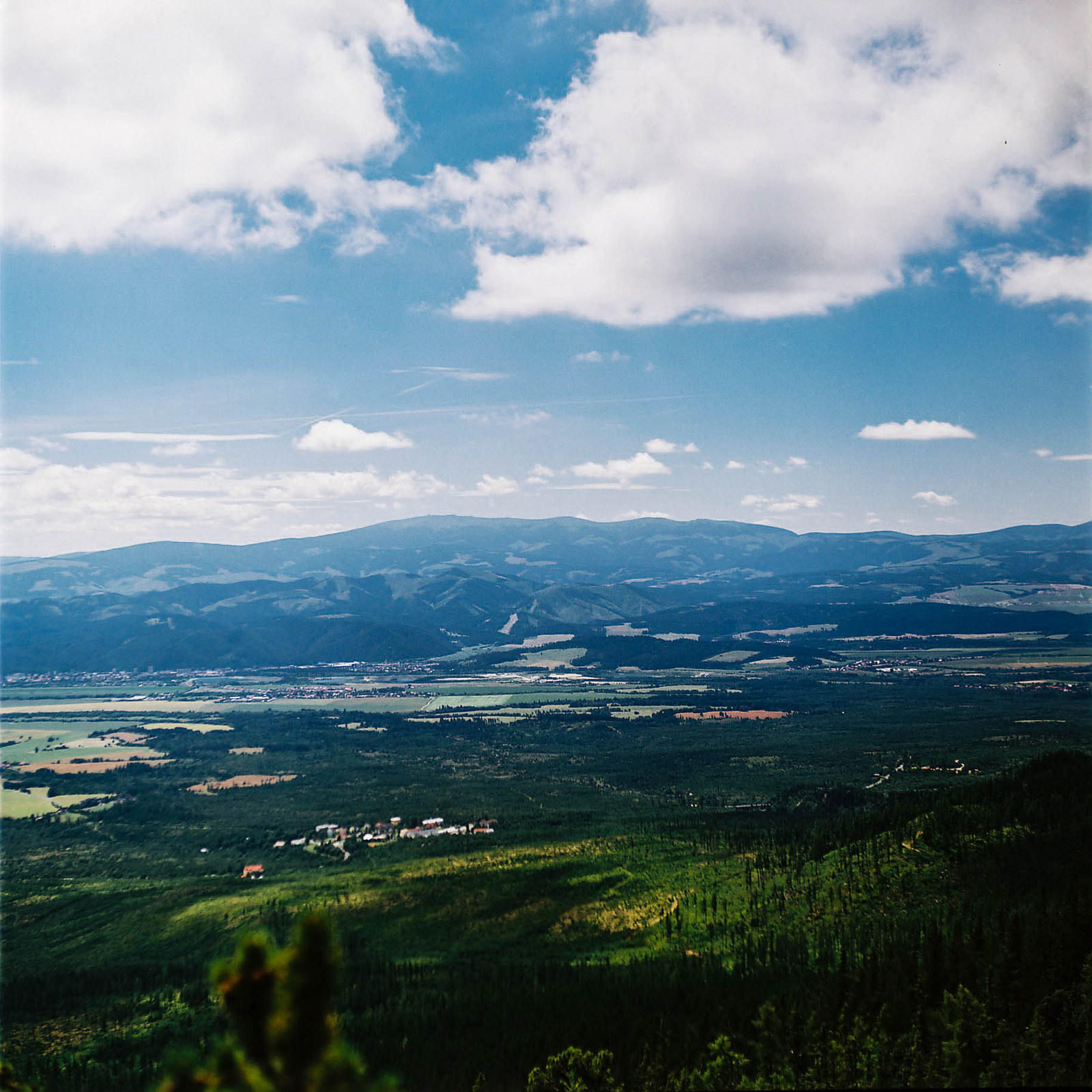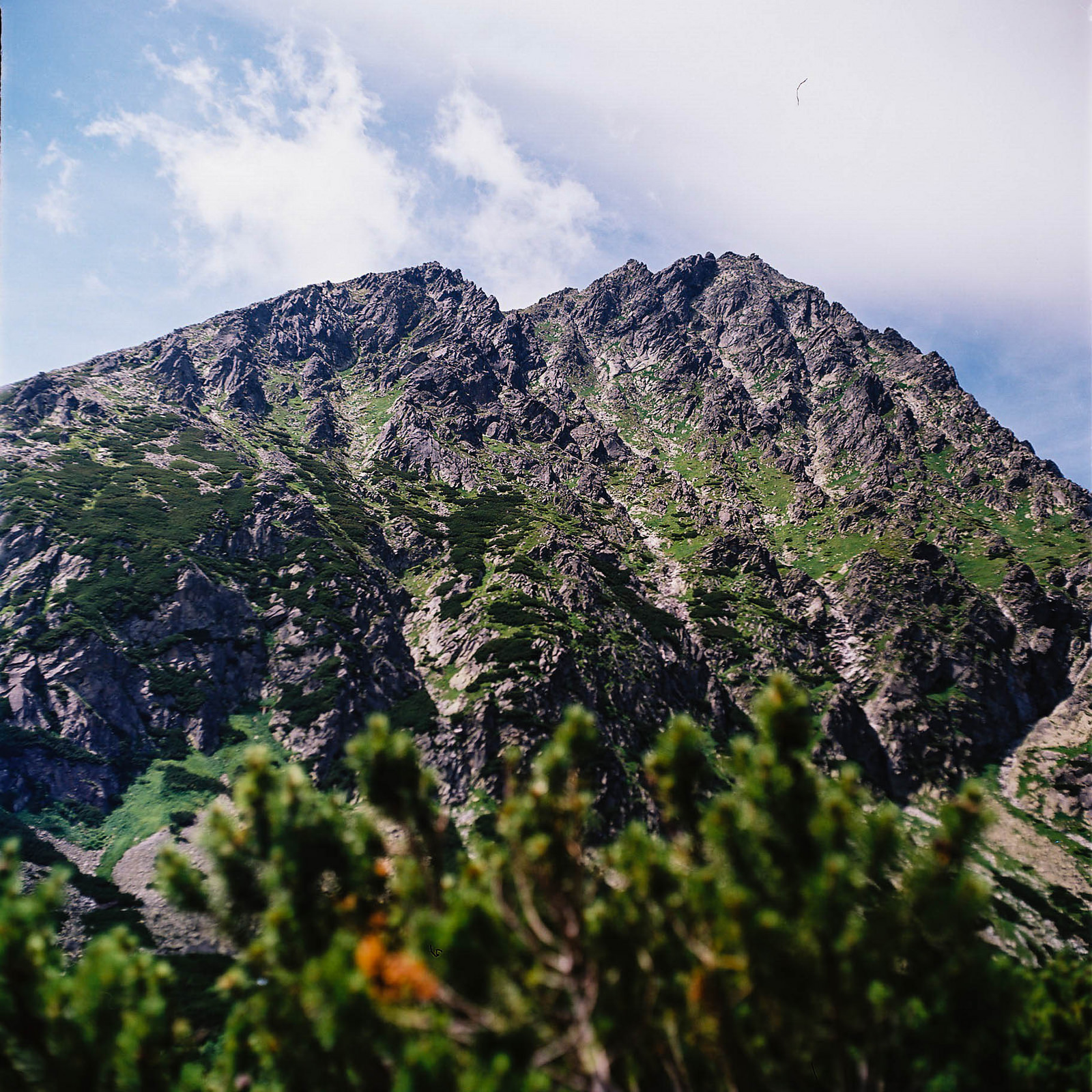
The Kiev 60 is a medium format (6x6cm) camera that was an update to the Kiev 6C which was itself based on the German Pentacon Six. With the update, the camera kept most of the Pentacon’s layout but was significantly overhauled mechanically to fix several design flaws.
I bought mine in Kyiv at a flea market in as-new condition. It came with the box, manuals, and all the accessories still wrapped in their plastic. It even had the batteries for the metered prism in their original sealed plastic bubble-pack. However, just as with my Kiev 10, an as-new Soviet camera is not necessarily a working camera. Mine had a misaligned gear in the film advance mechanism that meant it didn’t always engage when cocking the shutter, the noise it made was also worrying as it sounded as though teeth might be getting stripped. Luckily, I was in contact with a man who knows all about Kiev medium format cameras and so for a very reasonable fee, Mr Vartanyan of Arax Foto took it and gave it a complete CLA. He also cleared the fungus out of the Volna 80 lens while he was at it. When the Arsenalna factory in Kyiv stopped production in the mid 2000s, Mr Vartanyan bought up most of the unsold stock and spare parts and, together with some former employees of the factory, started a business providing upgraded versions of the 60 and 88 models of medium format cameras. I have one of his Kiev 88s as well and I strongly recommend the company for their excellent products and service. If you want to explore the world of medium format analogue photography, Arax is a great place to start your journey.
in the film advance mechanism that meant it didn’t always engage when cocking the shutter, the noise it made was also worrying as it sounded as though teeth might be getting stripped. Luckily, I was in contact with a man who knows all about Kiev medium format cameras and so for a very reasonable fee, Mr Vartanyan of Arax Foto took it and gave it a complete CLA. He also cleared the fungus out of the Volna 80 lens while he was at it. When the Arsenalna factory in Kyiv stopped production in the mid 2000s, Mr Vartanyan bought up most of the unsold stock and spare parts and, together with some former employees of the factory, started a business providing upgraded versions of the 60 and 88 models of medium format cameras. I have one of his Kiev 88s as well and I strongly recommend the company for their excellent products and service. If you want to explore the world of medium format analogue photography, Arax is a great place to start your journey.

The Kiev 60 is laid out like a big SLR, and it is a big camera – that 60x60mm film frame takes a lot of room. It has a metered prism for more SLR-like shooting but I prefer to use the waist-level finder. Not only does this significantly reduce the weight of the thing, I find that the waist level finder makes it easier to focus and to compose a scene. The lens mount is the Pentacon 6 which makes the camera compatible with a huge number of medium format lenses from Germany, Japan and the USSR. The standard Volna (sometimes marked as Arsat) 80mm f/2.8 is reasonably good, it’s sharp and offers roughly the same field of view as a 44mm lens on a 35mm camera. It does have a tendency to produce lensflare however if it’s pointed anywhere near a light source, the later multicoated versions are a bit better in this regard but a lens hood is strongly recommended.
As a usable camera, it’s very nice to shoot with once you are used to thephysical size of the thing. The controls are basic but comfortably arranged and the camera fits nicely in your hands. The front-mounted shutter button makes more sense when you have it in your hands as reachig across the top plate is going to be hard unless you have huge hands. If you have the waist-level finder attached, there’s no metering at all but it’s not so hard to guess at the exposure in most circumstances. The prism has a meter which is indicated with LEDs in the viewfinder and activated with by a button on the side of the prism. Neither the waist-level finder nor the prism are interchangeable with the equivalents for the Kiev 88. The accessory shoe is detachable and cold although there’s a PC socket for flash synchronisation. Not that you’ll use flash very often as the max sync speed is only 1/30s. Other than that, you just have a speed dial on the top and an aperture ring on the lens. Very simple stuff. The shutter goes as fast as 1/1000th but there is noticeable banding at this speed. I generally use ND filters to keep the shutter speed below 1/250th if I can. The accessory shoe attaches to the circular mount on the front plate.
I have a small selection of Pentacon 6 compatible lenses. As well as two copies of the Volna 80mm f/2.8, I  have a Tair-33 300mm f/4.5 and a Mir-26 45mm f/3.5.
have a Tair-33 300mm f/4.5 and a Mir-26 45mm f/3.5.
6×6 format lenses have focal lengths equivalent to 0.55x those for a 35mm camera so the 300mm Tair-33 has the same field of view as a 165mm full-frame lens and the Mir-26 is a lovely wide 25mm equivalent. Optically the Mir is also my favourite, the wide angle lends itself well to big landscapes where medium format really shines and it produces lovely images. Because of its size, it’s not really a walking around camera, but it’s a wonderful option to have in your bag if you know you are going to have the time to set up a tripod.

